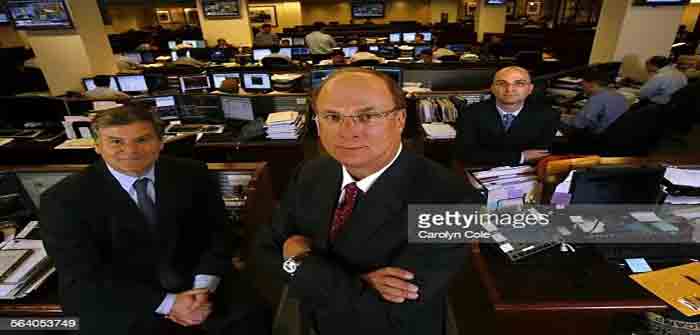
by John Masko at UnHerd – The Post
As February turns to March, the finance world is waiting with bated breath for one of its most dubious annual traditions: The Larry Fink Annual Letter to CEOs. Since 2012, when the BlackRock chief executive wrote his first letter, the occasion has come to symbolise the growing threat both to shareholder capitalism and American democracy posed by investment houses’ crusade to force the principles of ESG, or “environmental, social, and governance” investing, down the throats of companies, investors, and the public.
ESG first entered the investment and banking mainstream as a survival strategy. In 2009, BlackRock had acquired Barclay’s Global Investors Ltd, making it the largest investment firm in the world with almost $3 trillion in assets under management (AUM), a sum larger than the total revenue of the US federal treasury. Politically speaking, BlackRock’s emergence as an investment superpower could hardly have come at a worse time. Amid the wreckage of the 2008 Financial Crisis and then the ululations of the “Occupy Wall Street” movement, public suspicion of big banks and corporations was at an all-time high. Finance, in particular, became a morality play: financial institutions were the greedy villains, while policymakers played the heroic civic advocates reining them in. For BlackRock, the chances of continuing to grow freely in such a hostile policy climate seemed remote.
But BlackRock’s leaders had an epiphany — one that would repeat itself in the C-suites of several of its competitors in the early 2010s. What if big investment houses could rebrand themselves as so unimpeachably virtuous and civic-minded that their virtue outshone even their regulators themselves? Such a strategy would be game-changing. Not only would it afford investment houses a mile-wide road to limitless growth; it could even, if played judiciously, accord the companies themselves quasi-governmental power.
The ESG principles underpinning that strategy…
Continue Reading